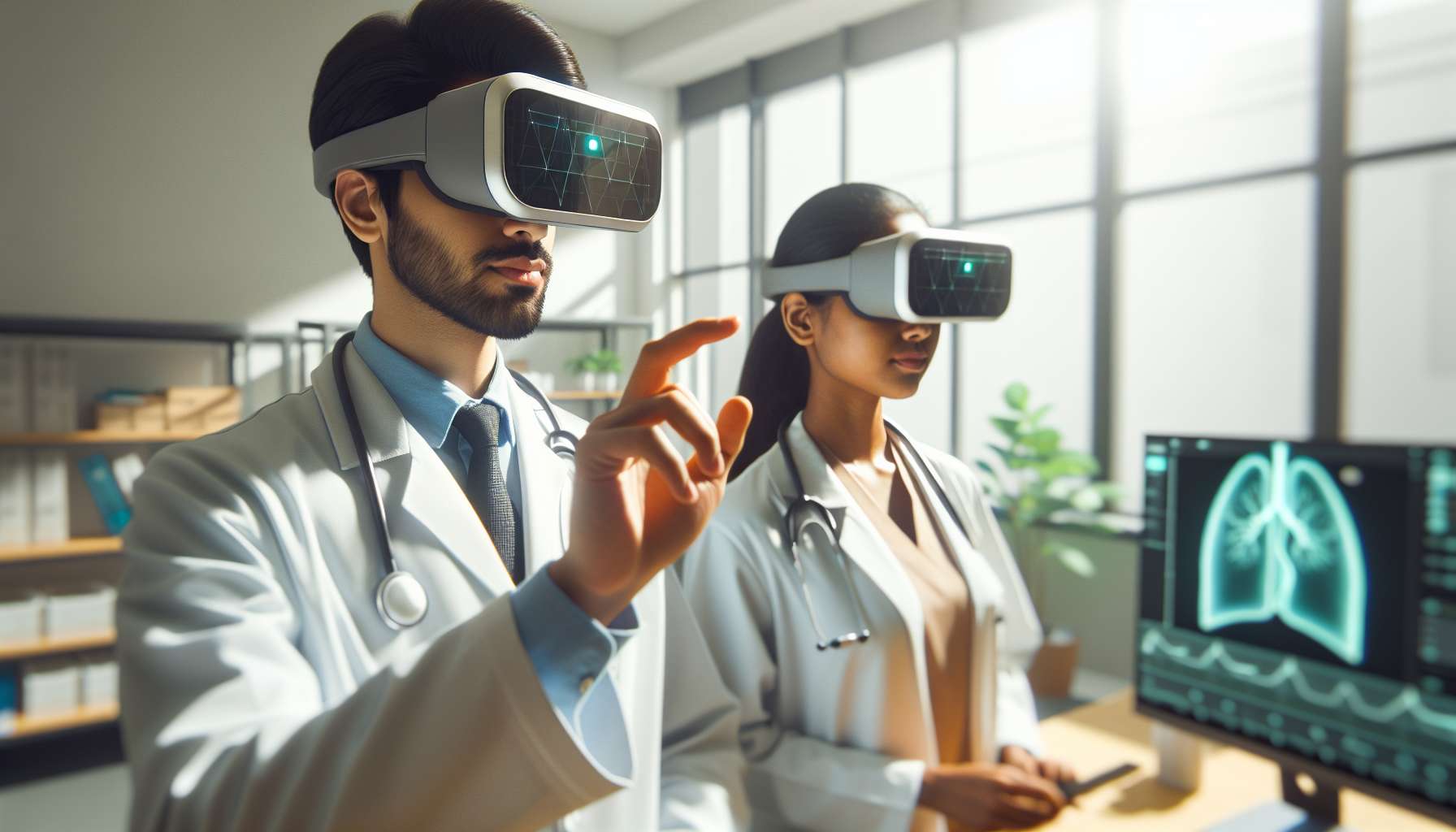Revolutionizing Healthcare: The Integration of AR Technology
As technology continues to advance at an unprecedented pace, industries across the board are finding innovative ways to leverage its power. One such industry that is embracing the potential of technology is healthcare. With the integration of Augmented Reality (AR) technology, healthcare practices are being revolutionized, leading to improved patient outcomes, enhanced training for medical professionals, and increased efficiency in healthcare delivery.
Enhancing Patient Care
AR technology is transforming the way healthcare professionals interact with patients, providing them with real-time, contextual information that can greatly improve diagnosis and treatment. Imagine a surgeon being able to visualize a patient’s anatomy in 3D, overlaying vital information directly onto the patient’s body during a surgical procedure. This level of precision and accuracy can significantly reduce the risk of errors and improve surgical outcomes.
AR can also be used to assist patients in managing their own healthcare. For example, AR-enabled mobile applications can provide patients with step-by-step instructions for taking medication, monitoring vital signs, or performing physical therapy exercises. This empowers patients to take an active role in their own care, leading to better adherence to treatment plans and improved overall health.
Training and Education
AR technology is revolutionizing medical education and training by providing immersive and interactive learning experiences. Medical students can now practice complex procedures in a virtual environment, allowing them to gain valuable hands-on experience without the need for expensive equipment or putting patients at risk. This not only enhances their skills but also increases their confidence when they enter real-world healthcare settings.
AR can also be used to train healthcare professionals in emergency scenarios, simulating high-stress situations and allowing them to practice critical decision-making in a safe and controlled environment. This type of training can significantly improve response times and patient outcomes in real-life emergencies.
Streamlining Healthcare Delivery
AR technology has the potential to streamline healthcare delivery by improving communication and collaboration among healthcare professionals. For example, AR-enabled telemedicine platforms can connect doctors and specialists from different locations, allowing them to collaborate in real-time and provide remote consultations. This not only reduces the need for travel but also ensures that patients receive timely and expert care, regardless of their geographical location.
AR can also be used to optimize hospital workflows by providing healthcare professionals with real-time information and guidance. For instance, AR glasses can display patient information, medication dosages, and treatment protocols directly in the healthcare provider’s field of view, eliminating the need to constantly refer to paper charts or computer screens. This not only saves time but also reduces the risk of errors and improves overall efficiency.
The Future of Healthcare with AR Technology
The integration of AR technology into healthcare practices is just the beginning of a transformative journey. As the technology continues to evolve, we can expect even more exciting advancements in the field. From personalized treatment plans based on patient-specific data to remote surgeries performed by experts from around the world, the possibilities are endless.
It is important for healthcare professionals and organizations to stay informed and embrace the potential of AR technology. By doing so, they can unlock new opportunities for improving patient care, enhancing training and education, and streamlining healthcare delivery. The future of healthcare is here, and it is augmented.





